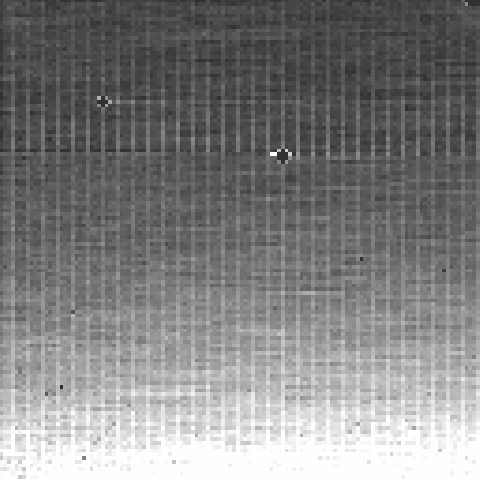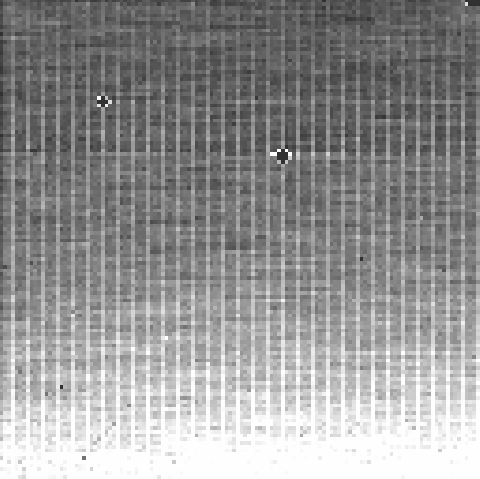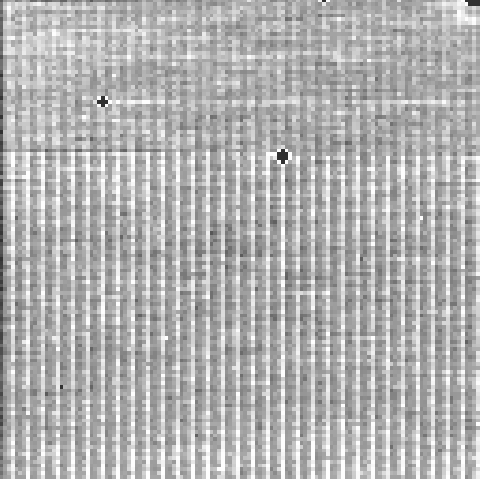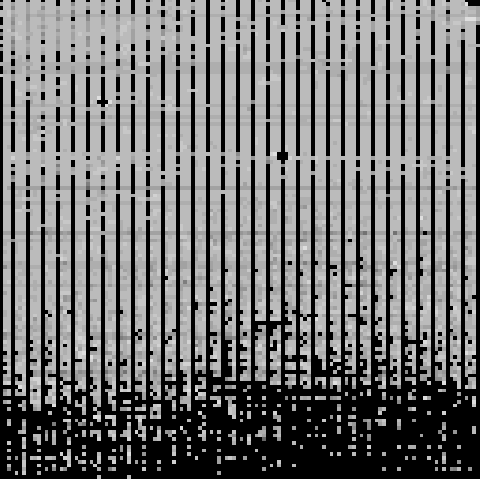



Figure 1: Coadded 24 micron darks: 3-second exposures (top left), 4-second exposures (top right), 10-second exposures (bottom left), 30-second exposures (bottom left).
Principal:
Deputy:
Analyst:
AORKEYS:
Last Updated:
All data were processed with DAT version 2.15 in order to derive calibrated images. The 24 micron images were coadded using mips_enhancer with the dark flag turned on.
Figure 1 shows the coadded dark images at each exposure time. The illumination pattern and mean counts are nearly identical to darks obtained on the ground. The changing illumination pattern with exposure time is probably due to the low-flux nonlinearity in readout 4 (see the jailbar report). The mean counts are higher in the shorter exposures, as was seen on the ground. As shown in the MIPS-190D2 report., examination of RAW data ramps revealed that the second read for pixels near the bottom of the array is noticeably lower than the other reads, which artificially inflates the fitted slopes when the total number of reads is small. Thus, what appears to be amplifier glow on the bottom of the 3- and 4-second exposures is not real. This effect is probably also causing the gradients seen in the sky backgrounds and photometry at short exposure times; increasing the number of ignore frames to 2 may eliminate it. Using slopes in the top half of the array only, the dark counts are nearly the same for all exposure times (1.7, 1.6, 1.5, and 1.1 DN/s for 3, 4, 10, and 30 seconds, respectively).




Figure 1: Coadded 24 micron darks: 3-second exposures (top left),
4-second exposures (top right), 10-second exposures (bottom left), 30-second
exposures (bottom left).
Due to the lack of scattered light, and the similarity to ground data, suitable dark calibration images can be obtained in orbit. Taking into account the read-2 bias in the slope calculations at short exposure times, the dark current is roughly 1.5 DN/s at all exposure times; thus, we can proceed with the planned use of only 10-second darks for routine calibration.